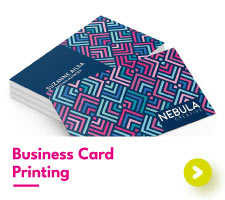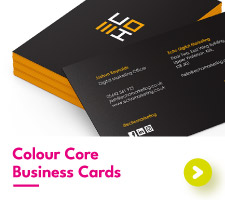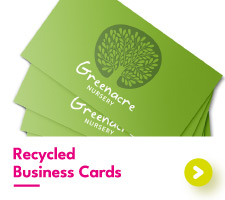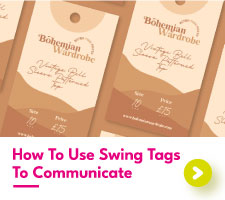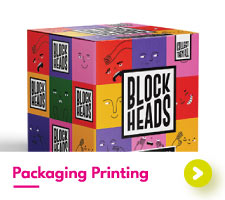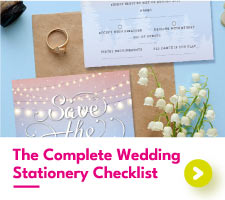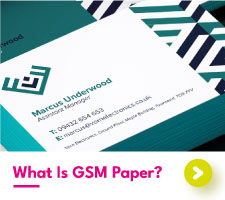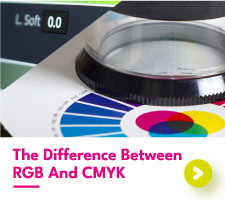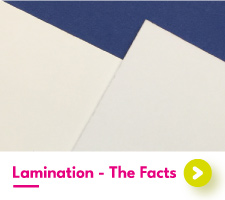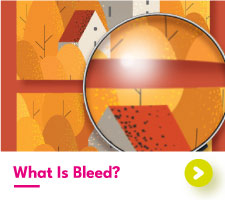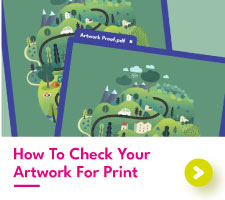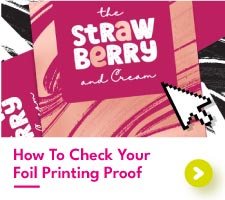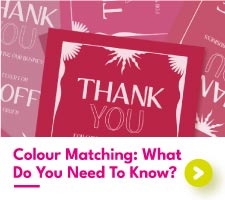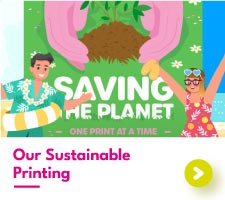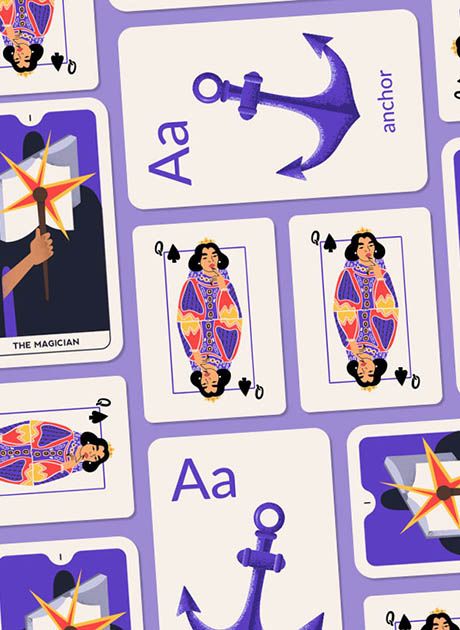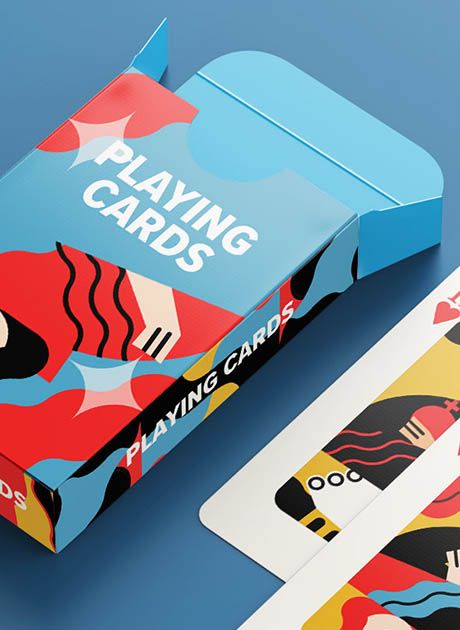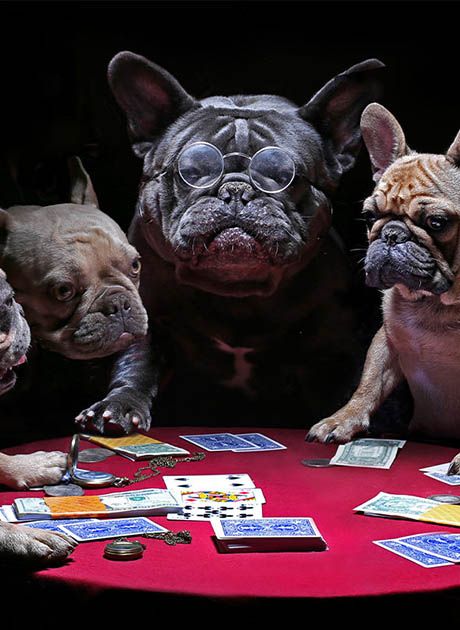7 steps for successful marketing at sport events
7 steps for successful marketing at sport events
Adrenaline-fuelled and action-packed, sports events can obviously attract large crowds. For businesses, these major public events offer the perfect opportunity to market their products and services to huge audiences. Higher-profile events also offer the additional benefit of TV and social media coverage, giving businesses the chance to showcase their brand to an even wider (and potentially global) audience – especially when using large-scale marketing materials like billboards and printed banners.
With the subject of marketing in mind, let's look at seven essential steps if you're looking to market your brand to the huge crowds that sports events draw in.
1 – Choose your sporting heroes
Marketing is all about attention and repetition – because repetition creates familiarity, and familiarity builds trust. Brands who advertise visibly and consistently at sports events form an ever-present 'backdrop' to the drama unfolding in front of all those fans. For every tense buildup, every soaring victory and crowd-roaring moment, there's a background full of brands that share in the attention. Not only that, but a good marketing campaign can also help brands to become near-synonymous with the sports stars who delivered that epic, unforgettable win. (Just think of the London 2012 Olympics, for example: a masterclass in sports star sponsorships.)
Added to this 'halo effect' of winning brands for winning individuals, studies by the University of Cambridge revealed that customers are more likely to associate positively with a product or service when they themselves are happy – for example, in that soaring moment when their team just clutched the win.
The study, which was published on the telegraph.co.uk, noted how:
‘People who spent more money on purchases which matched their personality were found to be happier, with spending in the right way mattering more than total income or spending.’
This euphoric atmosphere following a win is one of the most effective ways to link such positive emotions with a particular brand. The sense of 'shared glory' surrounding the winning side may also be more likely to influence ecstatic fans to draw parallels between the success of their team, and the associated high status of that team's sponsor brands.
2 – Instil brand loyalty
Using advertising banners as the backdrop to these big sporting moments creates a positive association with a particular event, making them a powerful marketing device.
But fostering brand loyalty, as complex as it may seem, really doesn't need to be that complicated. After all, every one of us can only remain aware of so many brands at any one time... and the more 'there' a particular brand is, (like certain soft drink companies, for example), the more we're aware of their presence over that of their competitors.
Oftentimes, marketing your brand simply comes down to 'right place, right time, right frequency'. Fostering brand loyalty could involve something as simple as advertising your beer brand (say, 'Beerweisberg' for example) on banners around a sports venue, such as 'Beerweisberg sponsors Liverpool FC'. And, while a hard core of fans may well prefer to buy Beerweisberg because that brand sponsors their team, many more people may simply be more likely to choose Beerweisberg because it's the brand with the freshest presence in their mind after the big game.
Tip: Vet the teams or events that you'll sponsor carefully. Select a team, event or sporting individual with good ethics, and a good reputation to complement your brand.
3 – Choose your event (wisely)
Some of the most disastrous marketing blunders started with good intentions. Unfortunately, mistakes like these aren't only costly from a financial perspective, but also damaging in terms of customer relations. (Unsuitable marketing campaigns are often shared on social media platforms faster than successful ones.) So, it's vital that your advertisement attracts the attention of your target audience for the right reasons.
So how do I avoid making costly mistakes?
Identify your target market:
It seems elementary, but it's crucial. Marketing your new line of running shoes would be arguably better suited to a track event or a marathon, rather than a swimming event for example. (Well, at least until aquamarathons become a thing.) Beer, wines and other alcohol brands each have their place with particular demographics, so it's crucial to spend your marketing budget on the venues and events that will actually attract large numbers of the people who buy your line of product or service. The same applies to age demographics too, as well as income level and associated interests – which is why the right research prior to your marketing campaign can make all the difference in your end results.
Avoid sensitive topics:
In 2015 the BBC reported on social uproar caused by a McDonald’s advertising campaign. At their drive-through, signs proudly displayed the words, ‘We remember 911’. Despite the campaign evolving from good intentions, the company received a fair amount of criticism from customers:
The BBC reported:
‘McDonald's has defended its latest US advertising campaign after it "sparked commentary" from social media users saying they were exploiting tragedies.’
‘Although some praised the company for reflecting the lives of local people, others said they shouldn't capitalise on events such as 11 September attacks.’
Tip: Also double-check your advertisement’s spelling and grammar when printing banners that can be re-used. Even international corporate giants make poor spelling and grammar blunders. Tesco for example, misspelled ‘desserts’, using only one ‘s’. With just a one-letter difference, the meaning completely changes and shows up the store, attracting unwanted attention to a sign that really should just serve a simple purpose: to guide more customers to more products, and then quickly fade into the background of their minds.
4 – Consider the design of your PVC banner
Opt for simplicity
A colourful, attractive, high-definition design could be essential to catch the spectator’s eye. Depending on the brand and the context, a black or grey design may be less likely to draw attention than designs using a brighter, bolder colour palette. If your brand uses a certain colour scheme as part of its recognition, definitely try to incorporate this into the design – but only if this will work in your favour for the sports event in question. (For example, banners and sign boards in luminous colours may not have as much of a place in quieter sports events, such as snooker or poker games.)
Scale it up!
Designs often need to be visible from a substantial distance, so make use of marketing favourites such as PVC banners, which are durable and weather-resistant, as well as being a sufficient size.
5 – Check the location of your banner
The physical positioning of PVC banners, billboards and similar advertising is crucial. To maximise its attention-grabbing potential, signage should be positioned in clear sight of spectators (especially when shown on TV or livestreams), although prime positions may be likely to come with higher price tags to advertise there.
Take a good long look at your advertising before the general public does, of course – but also take some time to show everyone you work with. More eyes on your advertising assets make the job of quality checking easier... and can save some serious mistakes being made before the ad actually goes out there into the world.
6 – Securing media coverage (the domino effect)
Live (and recorded) coverage of sports events allows for any ads in close proximity to the action to be broadcast across multiple channels, multiple times. You'll need to consider which event you'll promote your product at, and ask the event planners how likely you are to have your ad featured on media coverage, AND weigh up how far your budget will actually stretch for that kind of coverage. Will the advertising spend pay for itself, and deliver a profit this time around? Or will the initial spend be worth it further down the road, when more people are aware of your brand in the future? The world's biggest brands spend billions upon billions just to keep their names visible, and top-of-mind for their prospective customers – these are simply the rules of the game.
Well-known events like the Tour de France, FIFA World Cup, UEFA Champions League, Wimbledon and the Badminton Horse Trials will practically guarantee a large viewing base, which is perfect for the biggest brands around – but these aren't the only game in town. If it suits your budget better, concentrate on smaller events more locally, and organisations like smaller-town sports teams. Costs may be far lower to advertise, with less competition for a really well-designed ad to really make a mark on spectators... and those are spectators with phones, and cameras, who could all help to get your branding in front of more eyes.
Tip: If the budget will stretch, try to place your banner or signage where the cameras will return often – such as the finish line of a race, or midfield on the pitch.
7 – Don't forget those first principles!
Before starting (and spending on) a new campaign, it's always worth going back over your marketing ABCs. Who exactly is your customer, and why do they buy your brand? What problem do you solve for them, and whereabouts are they in that good old awareness chart? Is the benefit and value of your product made clear to them? Are you still at the stage of putting in the foundations of brand recognition for your business? Or do you have a wealth of consumer trust already, that simply needs your brand on those banners to capitalise on? It may seem counter-intuitive to retrace your steps over these marketing basics, but they're called first principles for a reason – and it always pays to use them as your blueprint!
Tip: Cultivate an in-depth understanding of who buys from you, and why, and when. This will show you who to advertise to, and when, and at which sports events – all of which will help to minimise any potential waste in your marketing budget, and your valuable time.
With over a century of combined experience in printing marketing banners, signage, flyers and business cards, our print team will happily answer anything you need to know about using promotional banners and signs at sporting events. Just get in touch here via our contact page – and see just what Aura Print could do for your marketing campaign.

 USA
USA FR
FR
